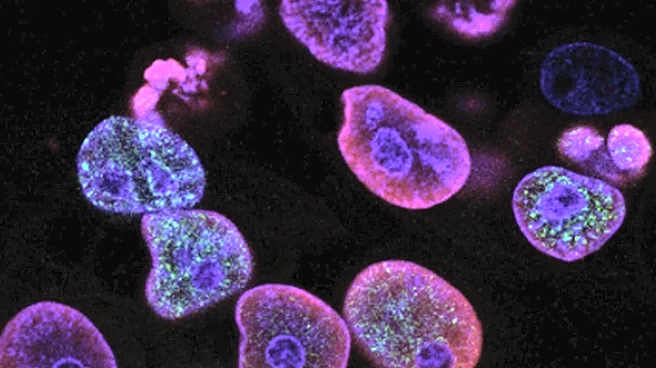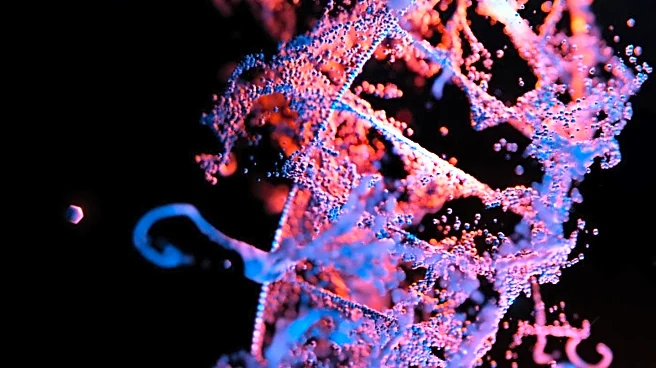What's Happening?
Researchers from La Trobe University and the Walter and Eliza Hall Institute of Medical Research have discovered a new way viruses like the flu spread within the body. The study reveals that viruses can
hijack the 'footprint of death' left by self-destructing cells. This footprint, a residue left by dying cells, can be used by viruses to spread infection to neighboring cells. The discovery highlights a previously unknown aspect of cell death and renewal, which could lead to the development of more effective antiviral drugs.
Why It's Important?
Understanding this new mechanism of viral spread is crucial for developing strategies to combat viral infections. By targeting the process by which viruses exploit dying cells, new treatments could be developed to prevent the spread of infections. This could have significant implications for public health, particularly in managing outbreaks of viral diseases like influenza.
What's Next?
The research team plans to validate their findings in mouse models and patient samples to confirm the potential for new drug development. This could lead to innovative treatments that disrupt the viral spread mechanism, offering new hope for controlling viral infections.











